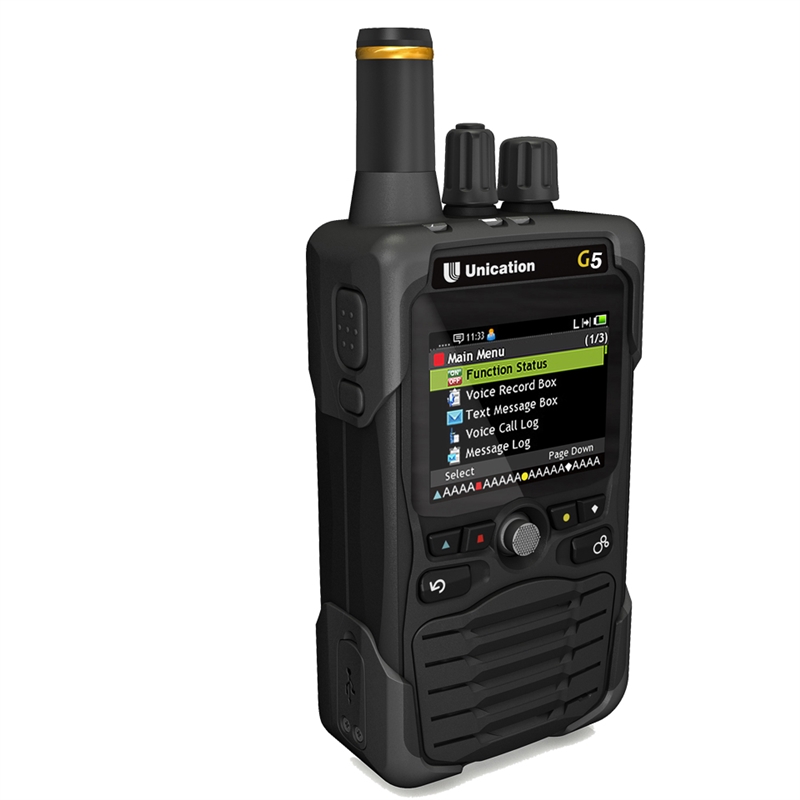If you haven’t heard already, the new Uniden SDS-100 handheld digital scanner has taken the prize as the most desired scanner available. Introduced in the spring of 2018 and finally available in June, we sold every one we had and were promised and just now are able to keep them in stock for regular purchases.
What makes the SDS-100 so special? Why does it work so well? Why is it worth all the extra money it costs? Glad you asked!
The biggest advantage to the SDS-100 has over other scanners is it’s ability to monitor Linear Simulcast Modulation (LSM, also known as P25 Simulcast) systems. Traditional scanners do not work very well often with LSM systems but the SDS-100 handles them much better, almost as well as a regular system radio like the police use. Other scanners tend to break up, miss words or phrases or just not hear it al all.
Why, you might ask, does this happen? Simply put, a simulcast system transmits the same traffic on the same frequencies at the same time from 2 or more locations. A simulcast system would transmit from multiple sites to provide better coverage within its intended operational area. These signals then tend to arrive at your scanner with slightly different time delays. Even though these time differences are almost indescribably small, the fact that they are digital1’s and 0’s makes them interfere with each other. The 1’s from one tower tend to block the 0’s from another tower. This causes interference and sometimes the interference is so bad as to block the entire conversation.
The SDS-100 uses a totally different internal architecture than other scanners, basically using a Software Defined Radio (SDR) with True-IQ processing to more properly decode LSM transmissions. This means that the SDS-100 will receive these simulcast systems with little to no distortion or interference.
There are other advantages to the SDS-100 SDR-based architecture. It allows other features and capabilities to be added down the road. While Uniden has not announced any of these features yet the possibilities are endless.
The SDS-100 works much like the BCD436/536 series scanners, the interface is very similar and they use an updated version of the Sentinel software so you can share your Favorites Lists between them.
The other big feature with the SDS-100 is the color display. This display can be used in either a “Simple” or “Detail” mode. The Detail mode is entirely customizable. You can place any of dozens of different fields almost anywhere on the screen and assign any color to just about any item. You can switch back to Simple mode and just have the basics, still in color or even switch to a simpler black and white scheme that works better in bright sunlight.
The SDS-100 is an amazing radio. If you have simulcast systems in your area then it works much better than other scanners. While it is more expensive than other scanners it is well worth it!



